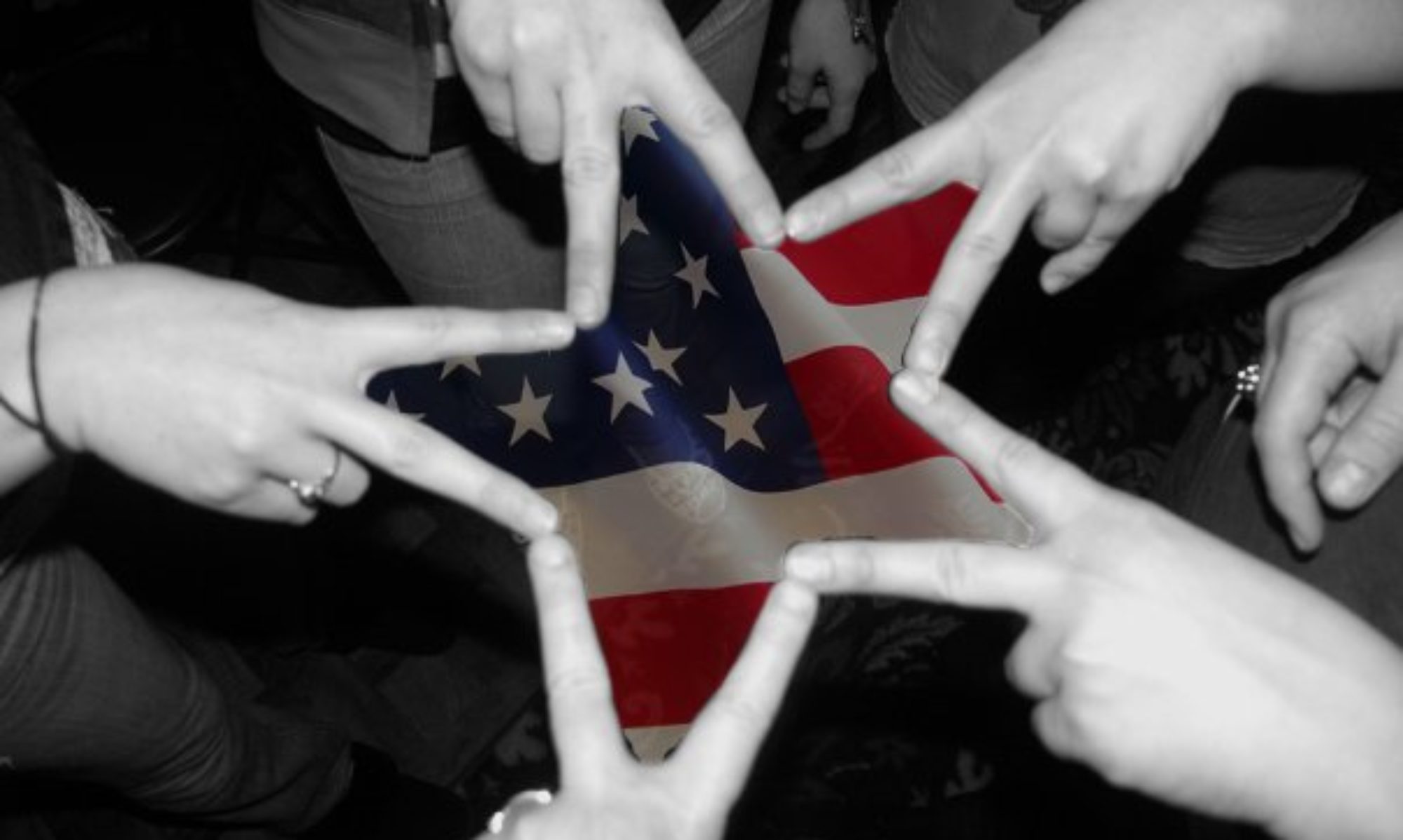Overview
A service flag or service banner in the United States is an official banner that can be displayed to honor those serving in the U.S. military. These flags serve to remind others that preserving America’s freedom demands much. They were first used in World War I, with subsequent standardization and codification by the end of World War II. The individuals entitled to display the service flag are clearly defined in 36 USC § 901 which states:
A service flag approved by the Secretary of Defense may be displayed in a window of the place of residence of individuals who are members of the immediate family of an individual serving in the Armed Forces of the United States during any period of war or hostilities in which the Armed Forces of the United States are engaged.
The U.S. Code also discusses the wearing of lapel pins.
It is the Military Family Support Group’s hope that more people become familiar with these important symbols so that proper sensitivity and respect may be extended to all military families. Their service and sacrifice cannot be understated.
 Blue Star Service Flag Blue Star Service Flag
The blue star, symbolizing Hope & Pride, on a white field with a red border, shall signify that one or more family members is currently serving in the armed forces. Multiple blue stars are not authorized by the Department of Defense, but is a common enough occurrence. The display of the blue star service flag shows a family’s pride in their loved one(s) serving in the military and the hope for their safe return home. The service flag can even be displayed by businesses and organizations if one of its employees or members is currently serving on active duty. |
 Silver Star Service Flag Silver Star Service Flag
The silver star, symbolizing remembrance and honor, is reserved for those who have been wounded or contracted a serious illness or injury in a war zone. Unlike the other two service flags, the Silver Star Service Flag may be flown by anyone, not just a family member, during war or peace time.
When the use of Blue and Gold Star Service Banners was formally adopted into the United States Code and made official, sadly the tradition of the Silver Star Banner was overlooked. The Department of Defense, given the authority to govern the use of the service banners, concluded that existing Blue Star or Gold Star Service Banners and Flags could not be altered. The new Silver Star Service Flag was designed and was quickly accepted and widely used throughout the United States. |
 Gold Star Service Flag Gold Star Service Flag
The gold star, symbolizing honor and glory, honors the individual who has been killed in action or has died while on active duty…someone who made the supreme sacrifice for his/her country. The death does not have to be combat-related nor confined to either Iraq or Afghanistan. The military service person must have died while in active service. |


 Blue Star Service Flag
Blue Star Service Flag Silver Star Service Flag
Silver Star Service Flag Gold Star Service Flag
Gold Star Service Flag
You must be logged in to post a comment.